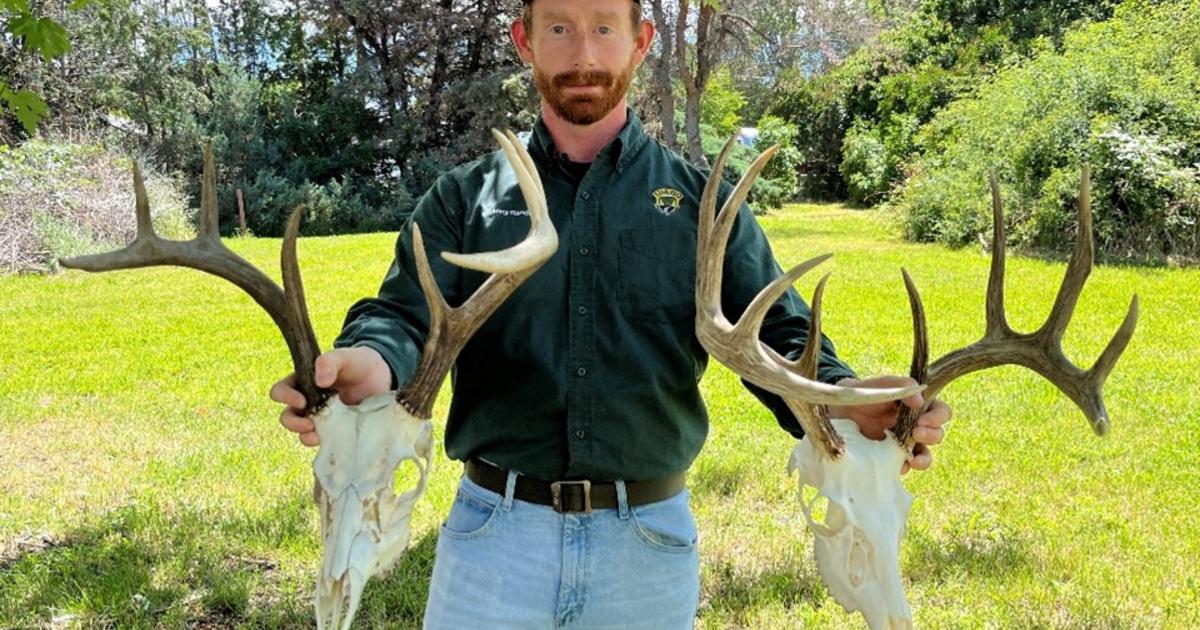It is hard to answer your question. At first glance I would say that the sense of scarcity today would make hunters less likely to give away their unit by entering a buck in the books. However, I wasn't around in the 50's, 60's, and 70's to see how many big bucks were and were not being entered in the books for comparison. I agree with your point about the value of a large data set but I think modern technology has offered a better metric than antler size. We now have the ability to cementum tooth age deer.
As hunters we often use antler size as a substitute for maturity when talking about bucks but there is enough research on that to know it doesn't work very well. A lot of bucks will never be bigger than 160 no matter how old they get and some younger deer can grow large antlers. If we want to manage for age class, then we should manage for age class using the best tool for determining age and that is tooth aging. I've posted links to this study before but it bears repeating. It is for whitetail but based on what I have seen and heard from mule deer biologists, the same principles apply to mule deer.
Now that year 1 of the north-Idaho deer aging study results are back from the lab, we were able to analyze some of the results and provide a short summary for you to enjoy! Take a peek at this write-up & video!

idfg.idaho.gov
It should be noted that females can be harvested in both of the cited units, but looking at the harvest data shows that they are killed at a much lower rate than bucks. Notice that the age curve for females very closely matches the age curve on bucks even though they get a lot less harvest pressure. This suggests that bucks would similarly drop off even with reduced harvest pressure. Next, compare the 9.5 yr old buck to the 3.5 year old buck. It demonstrates why management decisions shouldn't be based on B&C scoring. B&C score can be a component of the discussion but it shouldn't be the focus.
I would fully support a tag fee increase that would fund more tooth aging of deer. I think it is the only way to objectively monitor buck escapement from age 2.5 and beyond. The data could be used by both sides of the trophy management debate. If a general season unit is consistently producing some 5.5 and older deer then you will have a hard time convincing me that tag restrictions are needed. If tooth aging shows that a 4.5 year old buck is rare to non existent then you have a case for reducing hunting pressure.

